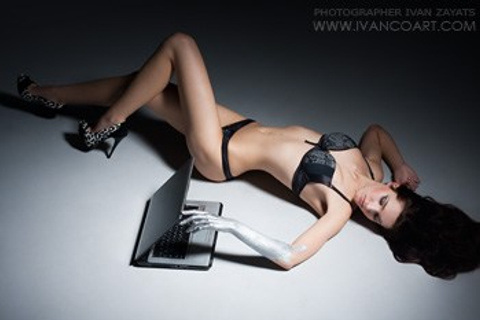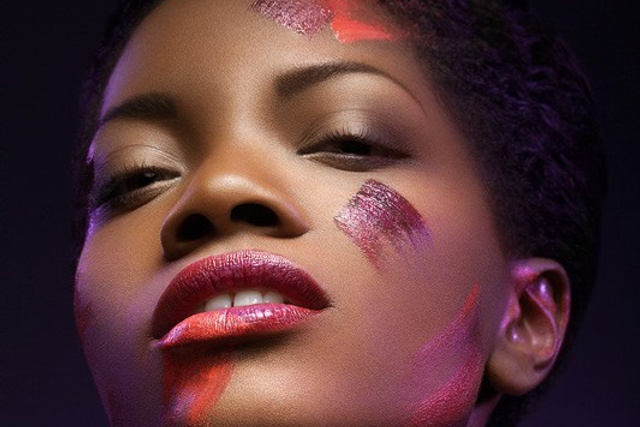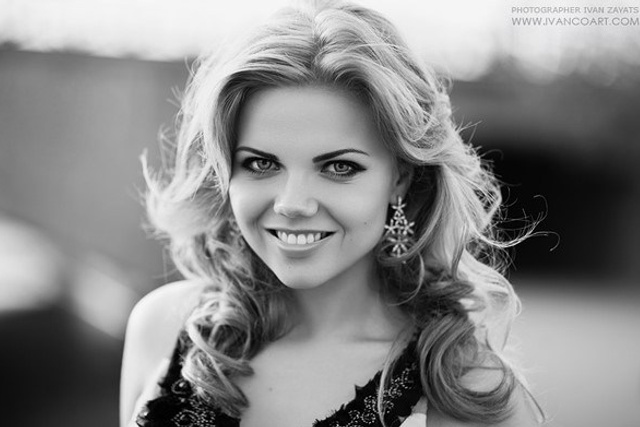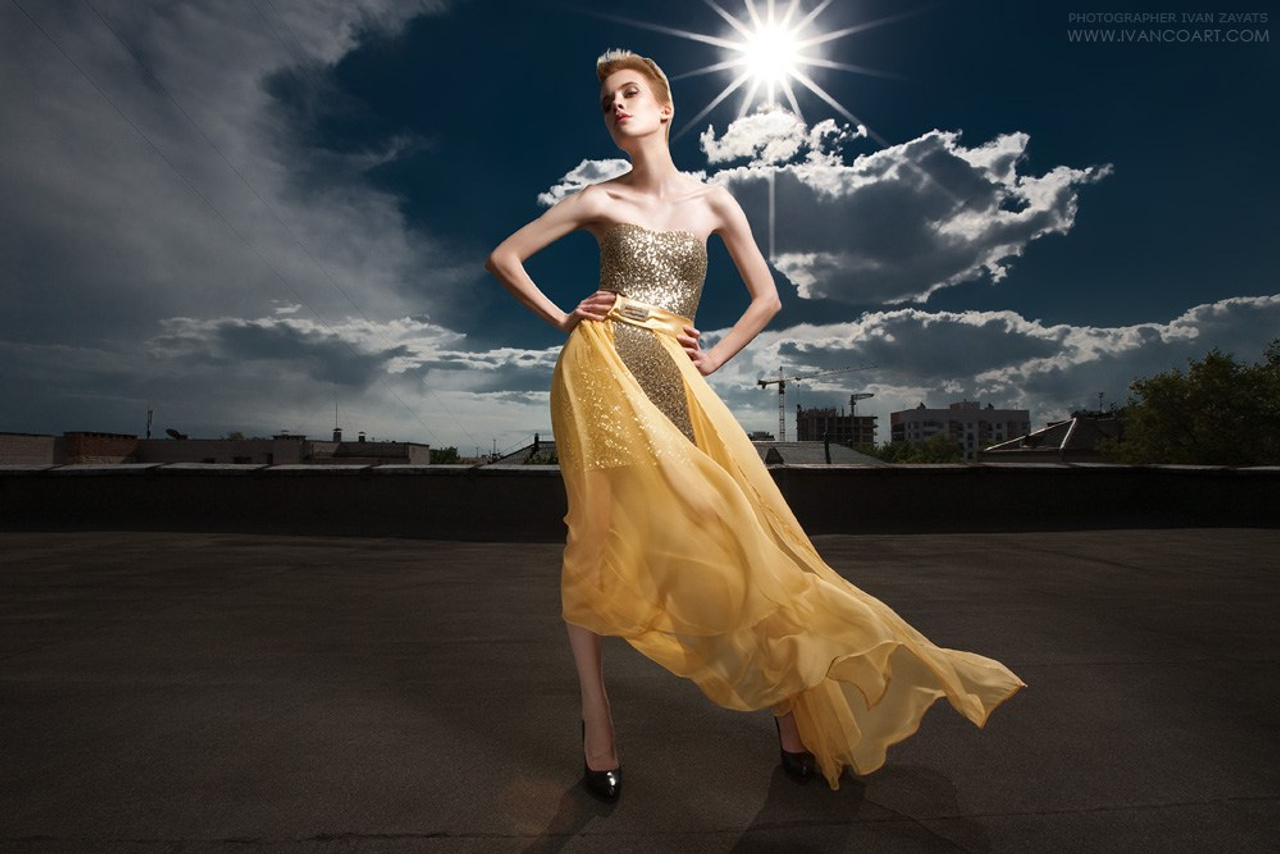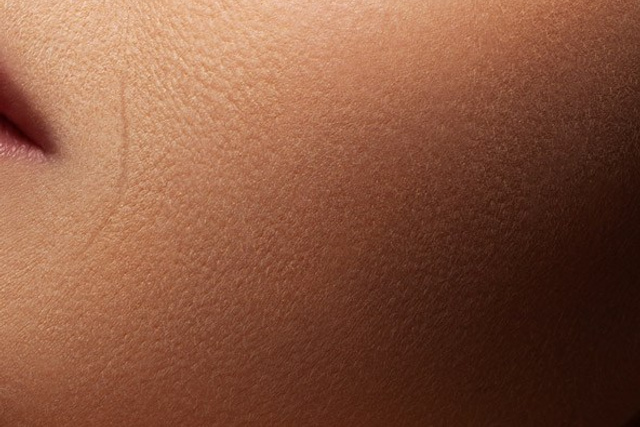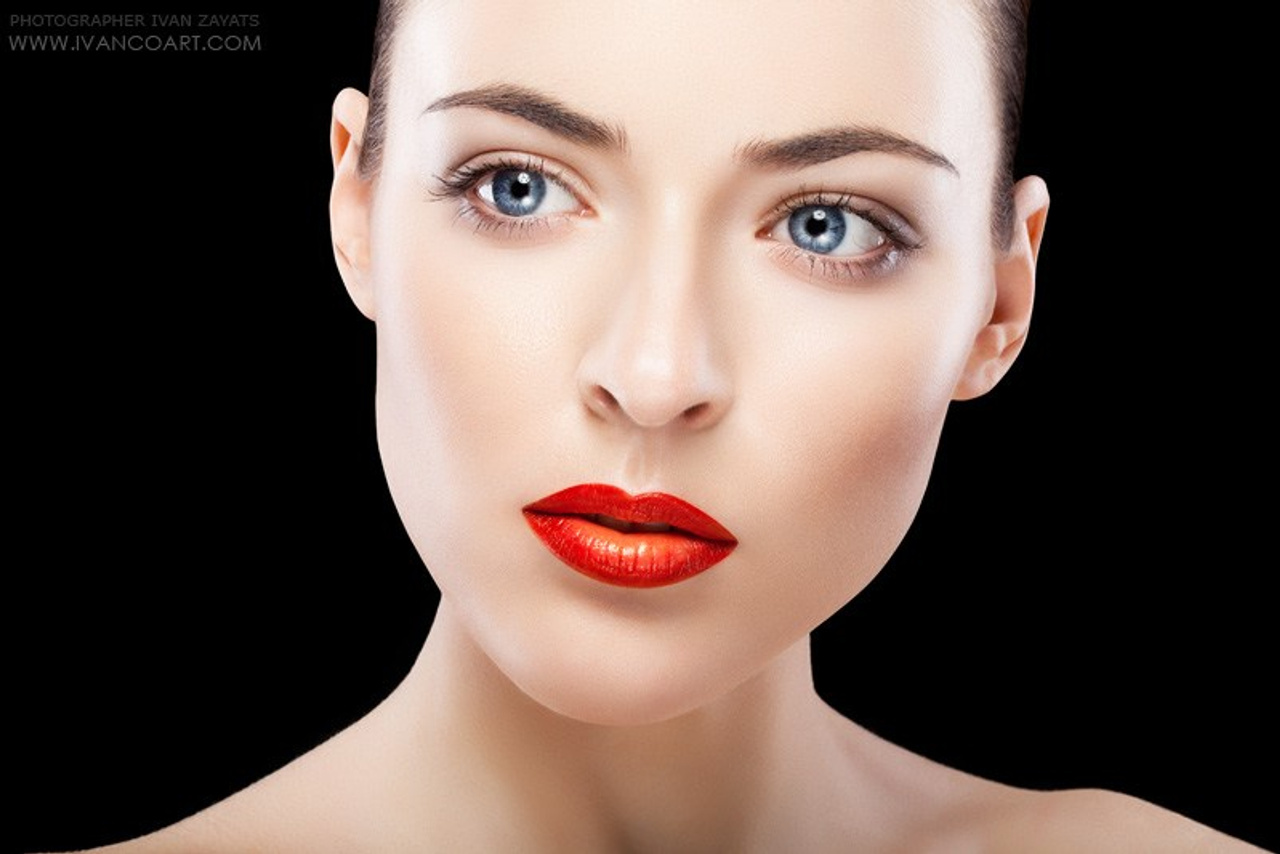Many people have heard this term, but do not understand it and therefore use it incorrectly. Amateurs identify it with “freebies”, but we will see that this is fundamentally wrong. In this article I want to talk about the essence of TFP shooting, and most importantly, about the pitfalls when interacting between photographers and models under these conditions. What is a model release? How to properly introduce yourself to a photographer? How to divide the costs? This article is based on years of experience, subjective at some points, but it will be very useful for everyone involved in creative shoots.

Contents
1. Term explanation
2. What is the essence of TFP?
3. Model release
4. TFP is not free!
5. Team skill level
6. How to share costs
7. Retouching and deadlines
8. When you shouldn’t work for free
9. How to offer yourself as a model
10. How to increase your chances for TFP
11. What (not) to do after a photo shoot
12. CONCLUSIONS
Term explanation
TFP means Time for Print or, more broadly, Time for Photo (not necessarily printed). In relation to digital photography, TFCD was also commonly used. Indeed, in this digital age, photos are transferred on disks, flash drives, or now more often online. Few people print them, so the terms TFP and TFCD are essentially identical and interchangeable.
What is the essence of TFP?
This is a mutually beneficial, non-commercial collaboration between photographers and models, joint creativity to expand the portfolio and realize new ideas. But there are several important nuances here that many people don’t know, don’t understand, or don’t want to understand.
So what is meant by the word “non-commercial” collaboration? This means the photographer and the model do not pay each other. Their work is recognized as equivalent, a kind of barter takes place — “time for photos” (not for money, but for photos!), i.e. both spend their own precious time to get attractive shots for their portfolios (this is the mutual benefit), and the beginners also — to gain more experience.
Professionals often shoot TFP for subsequent publication in magazines — “Print” in this case means not just printed photos, but printed in a magazine. TFP is also widely used when shooting for stock photos.
Model release
Since photographs are intellectual property (as well as music, books, software, etc.), any use of them is regulated by copyright law. Neither the photographer nor the model can use the photos without mutual consent. That’s why signing a release is an important condition of any shoot.
Model release — a written legal agreement between a photographer and a model that gives the photographer the rights to use the images. It indicates the shooting date, the full name of the photographer and the model, some additional information and their signatures. Adult models sign the release themselves, while parents/guardians sign it for children. Examples of releases can be easily found on photo stock sites.
Of course, first of all, a signed release is needed by the photographer to show the works at exhibitions, participate in photo contests, and for magazine publications. But models also want to be published, right?
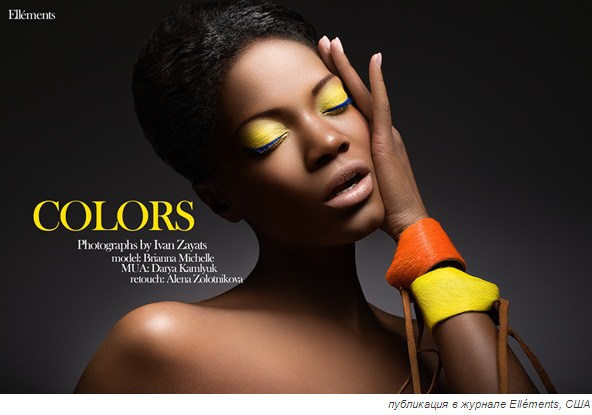
Signing a release is a traditional condition of a TFP shoot. It is signed on commercial shoots as well.
Important point: it is better to sign a release with the model before the shoot. Photographers, remember this rule or you risk to have a hard time later. There are dozens of reasons why capricious models (especially amateurs and beginners) can change their mind and decide not to sign it, as a result — all the work wasted.
Only clients who order a personal photo session do not sign a release. They hire a photographer, pay all other expenses and often quite reasonably want the shoot to be confidential. It’s common practice. In this case, the photographer does the job, transfers the result to the client and forgets about it.
TFP is not free!
Here the first pitfall awaits us. Speaking about non-commercial TFP collaborations, many amateurs who don’t understand what serious photography is and what it consists of are substituting concepts. It’s like a game of spoiled telephone — you hear the word “non-commercial, ” replace it with “free”, and there you go.
If you are not interested in a serious approach, and a simple street portrait is all you need, stop reading this article and continue to believe that TFP is a free shoot. For the “focus, push the button, done” level, this is true.
In this article, however, I will talk about more serious, complex and costly shoots — primarily studio fashion and beauty. These are genres of advertising photography where everything has to be perfect.

Any serious shoot consists of three stages: 1) pre-production (preparatory stage: from choosing an idea to finding props), 2) shooting itself, 3) post-production (retouching).
In addition to the photographer and model, the shoot involves at least a makeup artist and a hairdresser (sometimes in one person), as well as a retoucher who does the post-production. Decorator, stylist, assistant if needed. All these people need to be paid, and you also need to pay for studio rent or lights for outdoor shoots, in some cases renting or buying props.
So what kind of “free shooting” are you talking about?!
Go back to the beginning of the article and read it carefully. Only the work of the photographer and model is recognized as equivalent and they don’t pay each other. The rest of the expenses do not disappear anywhere! NEVER! Even if you wave a magic wand and say “TFP” 10 times.
Studio rental and post-production costs are very difficult to avoid. If you are a beginner, professional retouchers usually are not interested in working on your shots for free — they can easily find more attractive ones for their portfolio. At best, they will only agree to take a few shots they like, not the entire series you want. It’s not always a good idea to leave the editing to a photographer, and we’ll discuss why.
As for renting a studio, I hope everything is clear too. Not a single businessman (studio owner) will let you use it just for free. Why, after spending tens of thousands of dollars on space and equipment, should anyone be doing this kind of “charity”? Then who will pay for rent, utilities, equipment repairs, taxes?
But you can try to optimize other costs. For example, makeup artists also need to build up their portfolios, so they may also be interested in “time for photos”. This already greatly reduces the budget of the shoot. Sometimes a stylist and set designer may be interested in photos as well. Call your friend as an assistant, the tasks are usually simple — to move, hold and carry studio equipment or props.
Team skill level
This is where the second pitfall awaits. If you gather a team of “no-portfolio” volunteers willing to work for food/photos, the whole activity risks being like a bad orchestra performance. Of course, it all depends on your level. If you’re a beginner too, it’s worth a try. Mistakes and failures can’t be avoided, but it’s about gaining invaluable experience. Such an evolving team will gradually increase its level. However, it’s a long and thorny path, be aware. It is said that a caravan travels at the speed of the slowest camel. This is true for any teamwork, particularly photography.
If someone in the team is far below the level of the other participants, then everything will go down the drain. For example, spoiled makeup will significantly increase the time and cost of retouching. Poor posing of an inexperienced model will give a very mediocre result, no matter how she is dressed up and combed. Plus, you will have to increase the duration of the shooting, which will increase the studio rental costs. In general, one thing clings to the other, everything is interconnected.
From here we make the most important conclusion: for interest to be mutual, the level of all participants must be approximately equal! Building a good team is difficult, but working in it is joyful and productive.

How to share costs
Since TFP involves equal collaboration, it is logical to share the cost of the shoot equally among all the participants. But again, this only works if there is absolutely equal interest, which depends on the skill level of each individual and the idea behind a particular shoot.
If the level of participants and the degree of interest are different, which is quite common in practice, the less experienced and more interested will have to cover all the costs or a significant part of them. It may include not only the “standard set” (studio rental, props, retouching), but also a fee for one of the participants who is not interested in TFP but you can’t shoot without this person.
Obviously, it’s not reasonable for an experienced professional (be it a photographer, model, makeup artist, hair stylist) to spend time working in a team of beginners, as the result is approximately known in advance. Makeup artists are also not interested in a shoot where full-length shots prevail, because they need only close-ups for portfolio. Someone might just not like the idea of the shoot.
It should be noted that hiring one of the team members is not a bad option, especially for beginners. A chess player only evolves in a game with a more serious opponent. The same principle applies to photography. Of course, it’s no longer TFP in its purest form if part of the team works for photos and the “invited expert” works for a fee. But with someone more experienced, you will strive to match their level, to jump a step higher, which will eventually happen.
Retouching and deadlines
Some models may start to argue: “Why pay a retoucher, let the photographer do the editing”. BUT if you spend the same amount of time on set (usually only a few hours), why would you rest after the shoot and the photographer have to spend another 10-20 (!) hours of pure time on retouching? Where is the equality?
Just a reminder, in this article I’m primarily talking about studio photography, particularly fashion and beauty, where careful time-consuming high-end retouching is required.

Besides, a photographer and a retoucher are completely different professions, don’t you know that? As a singer and a songwriter, a hair stylist and a makeup artist. Yes, there are smart generalists who are proficient in several fields at the proper level, but they are extremely few, because to master any profession you need at least 5 years of study and practice.
By hiring a retoucher, you get results much faster, because for every professional, orders are a priority. So, even if your photographer is pretty good at retouching, but suddenly gets a lot of paid work, unfortunatelly, you’ll have to wait probably several months for the edited results of your creative shoot. And if you keep bothering the photographer with the question “when?”, the deadlines will be shifted even further.
That’s why discuss the timeframe of the finished photos in advance before the shoot! This is a very controversial issue that can cause a quarrel between the model and the photographer if you don’t agree on everything at the beginning. If you pay for post-production and have it done by a retoucher, a normal amount of time for a series of shots is two weeks. If the photographer is ready to do the editing, then take into account the above-mentioned specifics about the priority of orders over creative shoots. Therefore, in this case predicting deadlines is more difficult.
When you shouldn’t work for free
In social networks I often see posts from different stores and showrooms seeking models for shooting e-commerce, catalogs and advertising on the terms of TFP, which sounds like an anecdote. But it’s the sad truth. Paradoxically, sometimes models even supposed to pay (!) overhead costs — makeup artist and studio rent. They’re promised that they’ll get high-end portfolio shots in mega-cool outfits. In reality, it’s an ordinary dull catalog on a solid background, often even poorly shot. Naturally, this is for losers, since professional and self-respecting models will not work for free on such commercial shoots!
Advertising costs money. It helps to build a brand and sell goods. So it is reasonable that the advertiser should share the profit with those who help to make it, i.e. pay generously for the work of the entire team. But many people neglect this and fail, receiving low-quality photos that are not good enough for advertising. Only newcomers agree to such conditions, which in the end is negative for the whole industry.
Another type of free exploitation of models are workshops and master classes of photographers and makeup artists. Honest organizers offer a fee for this work, while others are looking for TFP models. But the trick is that this is business — commercial events, where the instructors get a decent amount of money, hundreds of dollars, from a group of students. Where is the principle of justice?
Yeah, maybe the photos will be more interesting than a catalog on a white background. But, in my opinion, the same principle as in advertising photography is fair: you have to share the profit with those who help you make it. If someone is making money from it — it’s definitely commercial, don’t call it TFP, guys!
How to offer yourself as a model
Do you know how to properly offer yourself to a photographer? As a model, of course:)
Firstly, make a fair assessment of your level — appearance, experience, posing skills, portfolio. Do you match the level of the chosen photographer and the models s/he has worked with (or at least not inferior to them)?
Secondly, before contacting the photographer, decide if and to what extent you are willing to share the costs related to the photo shoot.
Thirdly, don’t write that annoying question “do you shoot TFP?”, which immediately shows you as an amateur. It’s roughly the same as asking a pro athlete about morning exercises. Any (!) evolving photographer does creative shoots — to expand the portfolio with new ideas, to practice new techniques, to test equipment, etc. Stop learning and creating means degradation.
So this question is not just silly, but somewhat offensive and sounds like “hey, dude, are you still evolving or already degrading?”. Naturally, the asking model doesn’t realize this. But to the photographer everything is clear — just another inexperienced freebie seeker; better not to respond, simply ignore and save your time. It’s obvious that “do you shoot TFP?” = “will you shoot me for free?” The only thing most photographers want to respond is “Who [censored] are you?”.

What do professional models do when they want to offer a collaboration on a creative photo shoot?
Send a portfolio and a brief resume directly in the first message. If you are a good match for the photographer, the next step is to discuss the ideas, the budget of the shoot and select a crew. That’s how I met the model Brianna Michelle, whose photographs illustrate this article: she simply wrote me an e-mail where introduced herself, complimented my work, sent some shots from her portfolio and a link to a personal website. Soon we organized a very productive creative shoot, which was later published in the Ellements magazine.
By the way, the method described above is universal for selecting other team members as well.
How to increase your chances for TFP
I’ll share a few “tricks” that can increase any model’s chances of getting a TFP shoot with a more experienced photographer.
Option 1: agree to a nude shoot (of course, if you are of legal age and it does not contradict your moral principles). Since nude models are usually limited in number, your lack of experience or portfolio wouldn’t be a problem, especially if you are in good shape. Choose a photographer who is successful in this genre, really knows how to work with light and whose work you appreciate.

Option 2: order a photo shoot (yes, a paid one) from the photographer you like. This, by the way, is the best option for aspiring models. “What does TFP have to do with it?” — you may ask. The answer is simple: if you work well on the shoot, are punctual and responsible, it is quite possible that the photographer will invite you for a creative shoot next time. Personally, I’ve done this many times, so some of my clients are the lucky ones who got, in fact, several shoots for the cost of one. Even if that doesn’t happen, at least you’ll already have an initial portfolio that will increase your competitiveness and attractiveness to other photographers.
Option 3: provide a complete look, more or less exclusive props and/or a location for the shoot. For example, you have a wig/mask/decorations/themed costume; access to a theater/restaurant/pool; the ability to take a retro auto/expensive bike/boat/helicopter, etc. Even the ability to make your own clean makeup and neat hairstyle is a big advantage — the photographer will not need to look for a makeup artist and hair stylist. Though it’s not always appropriate for studio shooting, but perfect for outdoor photography.
Option 4: offer to pay the shooting costs (studio rent at least). Then the photographer will be more willing to work without a fee. It’s quite a fair barter, esp. if the retouching is done by the photographer. Time is money, as Benjamin Franklin said. You spend the same amount of time on set and don’t pay each other. But after the shoot the model will be resting, and the photographer will have to spend another week or two on accurate editing.
Tip: subscribe to the social media accounts of photographers you are interested in and keep an eye on their publications and announcements. Quite often, especially in spring-summer, when there is free time and good weather, photographers have spontaneous shooting ideas — someone wants to check out a new location, to test a new lens or flash, or just to get some fresh air and expand the portfolio. More often such announcements are published in themed groups, but it’s worth following certain photographers as well.
Bonus tip: if a photographer wants to see you in person, don’t refuse and act like a “business sausage”! “Oh, no, let’s shoot right away!” If you are not an agency model, do not have a decent portfolio, interesting type of face and recent snapshots, few people will agree to immediately organize any costly shoot with you. For example, it is important for a beauty photographer to see the actual condition of the skin. You can do a short test outdoors even on a smartphone and see how the model moves in the frame. Besides, it’s always a good idea to figure out whether you’re comfortable communicating and check the punctuality of each other:)
What (not) to do after a photo shoot
Finally, I would like to cover a few important aspects of the models' behavior after the photo shoot related to copyright issues. Through ignorance, they are often violated, which leads to ridiculous situations and sometimes litigation.
So, what shouldn’t models do?
First of all, once you get the finished photos, you should never change or correct them in any way! This is unacceptable to the photographer both morally and legally. Imagine: a photographer spends hours working on processing, color correction and retouching in order to produce the best possible result. Then, in one click, it’s spoiled by the model and published on the Internet. The viewers will ask (or think): “Who shot this? What a poor job…” You’re lucky if the model has a small audience and/or doesn’t mention your name (which is also a copyright infringement).
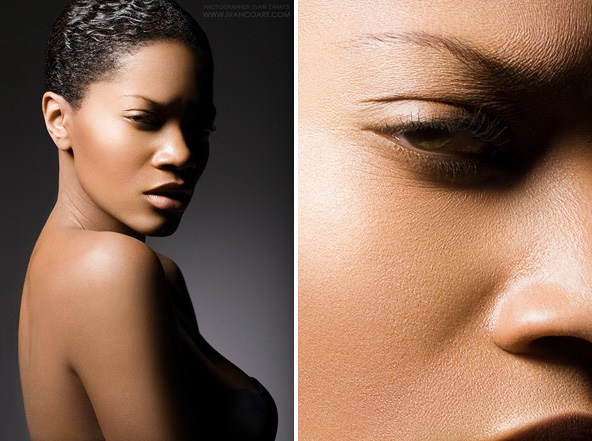
Secondly, never send high-resolution photos to third parties — this may lead to their misuse (copyright infringement). Remember: all you can do with the received photos is to post them in your portfolio and social networks with the author’s name. Nothing else! No editing, no sending to anyone for the purpose of publication and definitely not for commercial use.
Thirdly, don’t take photos by yourself on set, or at least don’t post them online without permission. The advice may seem quite strange, but showing backstage, you may accidentally reveal some photographer’s technical secrets, which were refined through years of practice or collected at paid (expensive!) master classes, so they shouldn’t be revealed for free:) Respect the photographer’s style and uniqueness.
Fourthly, don’t publish high-resolution photos on the web. This sets a precedent for their misuse. Ask the photographer to make resized copies of all images, this is done very quickly and easily.
Fifthly, when posting photographs, be sure to mention the name of the author. This is not just a rule of good manners, but also compliance with the law. Ideally, credit the entire team that worked on set, preferably with active links to their accounts.
So, a brief recap of what models should NOT do:
1) modify, correct the received photographs;
2) transfer photos to third parties, send them to magazines, advertising agencies, etc.
3) publish high-resolution images on the Internet.
You may still have a question: what about getting published in magazines? Often serious TFP shoots are done with the intention of further publication. But this is entirely the photographer’s initiative and concern. If you were just shooting for a portfolio and then editors somehow found you and want to publish these images, do not send them the full-size photos, but contact the photographer first to receive a permission.
Conclusions
1. TFP is a mutually beneficial, non-commercial collaboration between a photographer and a model, joint creativity to expand the portfolio and realize new ideas.
2. In order to have a mutual interest in the shoot, the level of all participants must be roughly equal.
3. A model release must be signed, preferably before the shoot.
4. For serious photography, you need to have a budget that covers overhead costs.
5. If the participants are equally interested, all costs are shared equally, otherwise — the more interested party pays the greater part.
6. If you’re not ready to pay for fast professional post-production and leave it to the photographer, remember that commercial shoots will automatically postpone the work on your images.
7. You should not work for free on commercial shoots and workshops. This is a paid job, not TFP.
8. Offer yourself as a model properly — send a portfolio and a brief resume in the first message.
9. If you want to increase your chances for a TFP collaboration with a more experienced photographer, you can agree to a nude shoot; offer a fully prepared look, interesting props and/or location; pay all the costs.
10. Do not edit photos, publish them on the Internet in full size or transfer to third parties to avoid copyright infringement. When posting, be sure to mention the photographer and other participants of the shoot.
Author: Ivan Zajats ©
Full or partial reproduction of the article on other sites without an active link to this page
is prohibited and will be prosecuted. Reposts are welcome.

